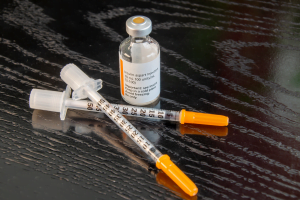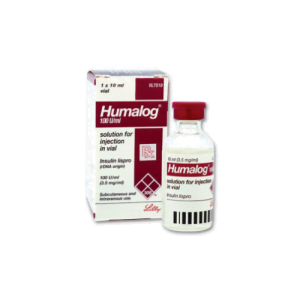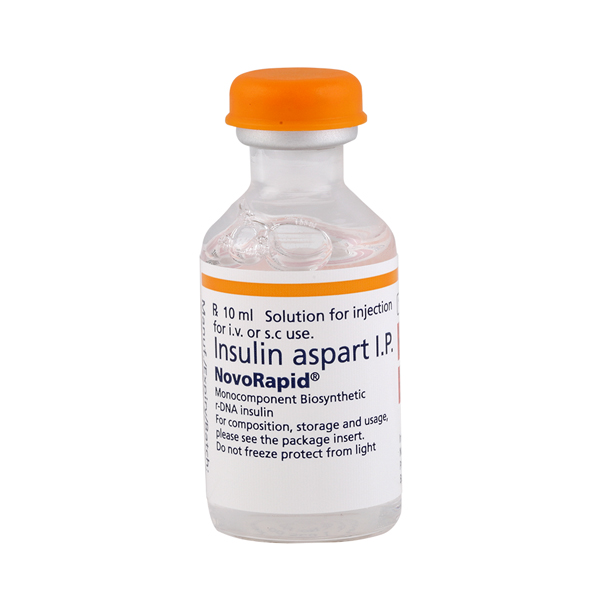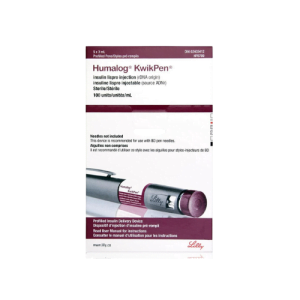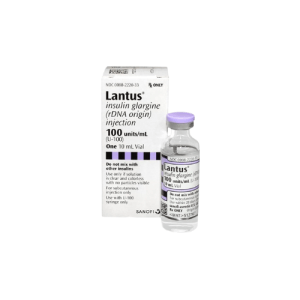In today’s health puzzle, diabetes is a major piece, with its impact felt worldwide. While we often blame genes and lifestyle for its rise, there’s another player lurking: our environment. From polluted air to hidden toxins in our food and water, environmental hazards could be making diabetes worse. Exploring the link between our surroundings and diabetes fills a vital gap in our understanding, guiding us toward a healthier future.
What Is An Environmental Factor or Hazard?
Environmental factors or hazards refer to elements in the surroundings that have the potential to impact human health. These factors play a significant role in the onset, progression, and management of various diseases, including diabetes. Understanding their impact is crucial for devising effective preventive measures and improving health outcomes.
What environmental factors contribute to higher diabetic-related outcomes? Consider the following elements below, consisting of physical, chemical, and biological attributes.
Air Pollution
- Particulate matter (PM) encompasses solid particles and liquid droplets in the air, originating from diverse sources such as vehicles and wildfires. Exposure to PM, especially PM2.5, is linked to an increased risk of diabetes and worsened complications. PM2.5 can enter the bloodstream, causing inflammation and insulin resistance, thereby impacting glucose metabolism.
- Ozone (O3) is a reactive gas formed by sunlight reacting with pollutants from vehicles and industry. It’s common in urban areas with heavy traffic and industry. Chronic exposure to ozone is linked to an increased risk of diabetes-related complications like cardiovascular diseases and kidney dysfunction.
Chemical Exposures
- Pesticides are types of chemicals used to control pests in agriculture, forestry, and public health. Exposure to pesticides, whether through work, diet, or environmental contact, is linked to a higher risk of diabetes. Certain pesticide classes, like organophosphates, pyrethroids, and organochlorines, disrupt endocrine function, promote adipocyte dysfunction, and induce oxidative stress, all contributing to diabetes development.
- Heavy metals like lead, arsenic, cadmium, mercury, and chromium, primarily from industrial activities and improper waste disposal, pose health risks, including diabetes development and complications. Chronic exposure disrupts pancreatic function and insulin signaling and causes oxidative stress, leading to insulin resistance and cell death.
Food Environment
- Food insecurity, which refers to the restricted availability of nutritious foods, poses a significant obstacle to the management and prevention of diabetes on a global scale. It’s linked to higher rates of obesity, type 2 diabetes, and other chronic diseases. People in food-insecure households often lack fresh fruits, vegetables, and lean proteins, relying on energy-dense, nutrient-poor foods like processed snacks and sugary beverages.
- Areas labeled as food deserts suffer from insufficient access to affordable, nutritious food, typically lacking nearby supermarkets and farmers’ markets. Residents rely on convenience stores and fast-food outlets, leading to poor dietary choices and higher risks of obesity and diabetes. Lack of access exacerbates health disparities, perpetuating poverty and chronic disease cycles.
Water Contamination
- Endocrine-disrupting chemicals (EDCs) interfere with hormone systems, leading to adverse health effects like reproductive disorders and increased diabetes risk. Found in water due to industrial and agricultural pollution, EDC exposure during critical development periods can affect metabolic health long-term.
- Water pollution, caused by chemical pollutants and contaminants, raises the risk of diabetes and related complications. Heavy metals, pesticides, pharmaceuticals, and industrial chemicals can enter water sources through various pathways. Chronic exposure leads to metabolic issues like insulin resistance, dyslipidemia, and inflammation, worsening diabetes. Contaminated water exacerbates cardiovascular diseases, kidney dysfunction, and neuropathy.
How Can You Reduce Your Exposure To Environmental Hazards?
Reducing exposure to environmental hazards is crucial for safeguarding our health and well-being. Here are some effective strategies to minimize your exposure:
Stay Informed
Stay updated on environmental risks in your area by following local news, government websites, and environmental organizations. Be aware of potential hazards such as air and water pollution, hazardous waste sites, and industrial emissions.
Practice Safe Handling
Follow safety guidelines when using chemicals at home or work. Utilize protective equipment like gloves, goggles, and masks as needed. Store and dispose of hazardous materials properly according to regulations.
Reduce, Reuse, Recycle
Minimize waste generation by reducing consumption, reusing items, and recycling materials whenever possible. Dispose of electronic waste and household chemicals responsibly to prevent environmental contamination.
Maintain Indoor Air Quality
Maintain proper ventilation in indoor areas to decrease the presence of indoor air contaminants, encompassing volatile organic compounds (VOCs) and radon. Use air purifiers and houseplants to improve indoor air quality and reduce allergens.
Monitor Water Quality
Test drinking water regularly for contaminants such as lead, arsenic, and bacteria. Install water filtration systems or use filtered water pitchers to remove impurities.
Be Prepared for Extreme Heat
Stay hydrated during periods of extreme heat by drinking lots of water and avoiding sugary or caffeinated beverages. Keep cool by seeking shade, using fans or air conditioning, and wearing lightweight, breathable clothing.
Protect Against Smoke Inhalation
Avoid exposure to smoke from tobacco or other sources. If outdoor activities are unavoidable, wear N95 masks or respirators to reduce inhalation of smoke particles.
In conclusion, understanding how environmental hazards affect you is vital for managing diabetes effectively. From polluted air to chemical exposures and limited access to healthy foods and clean water, these factors directly impact your health outcomes. By taking proactive steps to address environmental risks in your surroundings, such as reducing exposure to pollution and accessing nutritious foods, you can better manage your diabetes and take control of your overall health.




